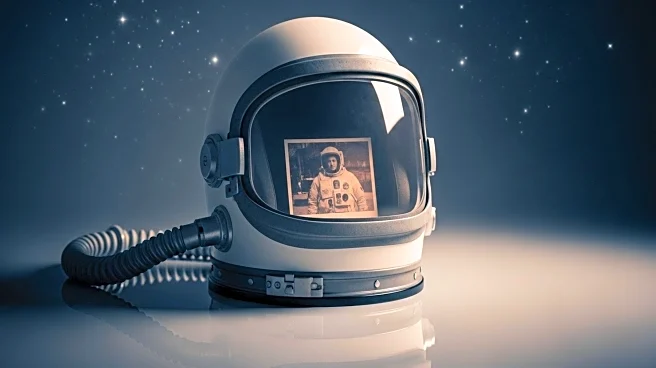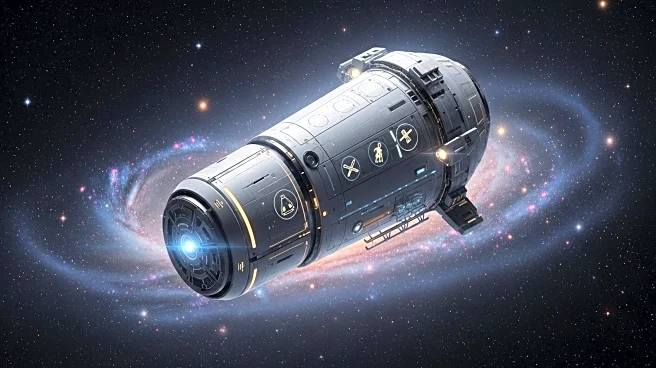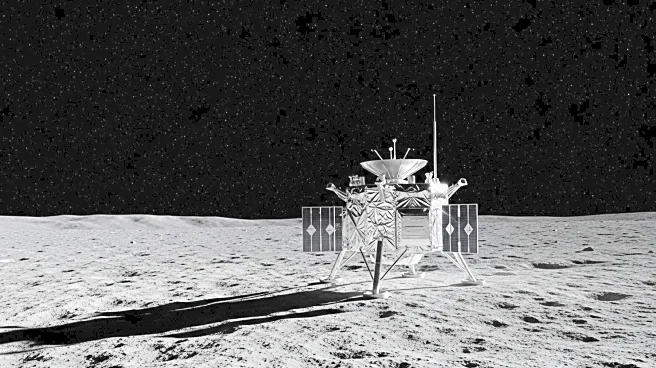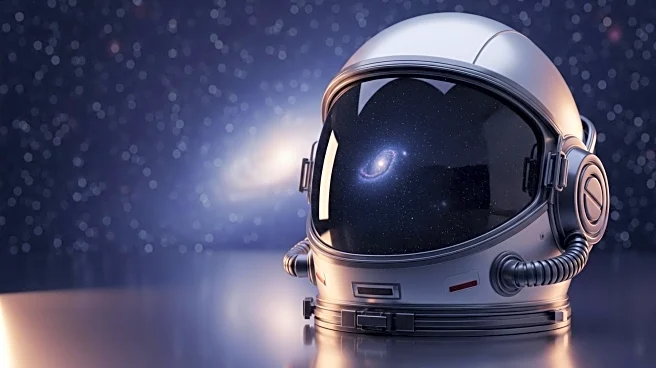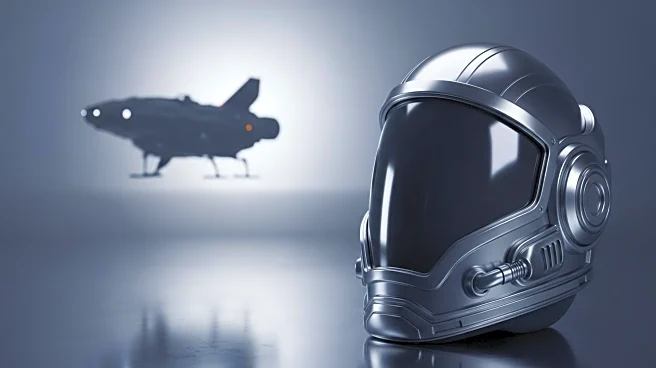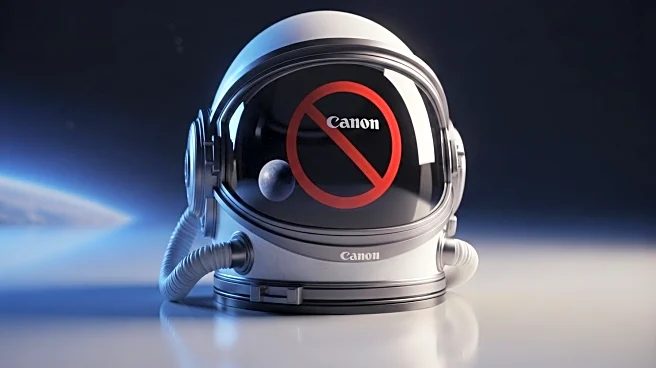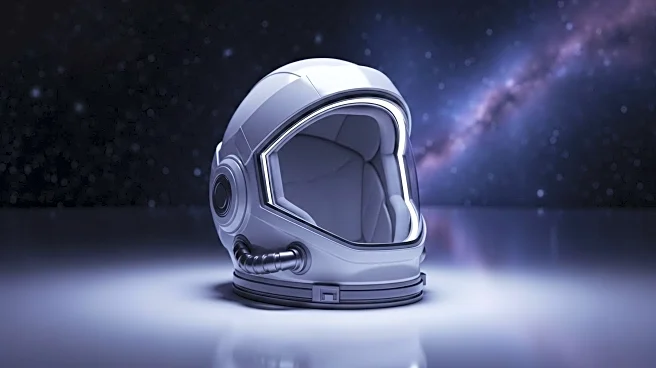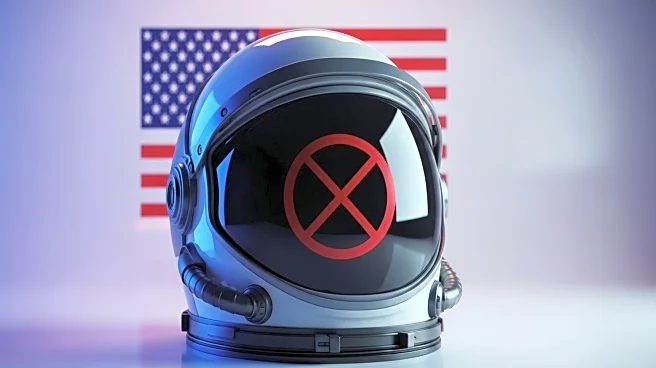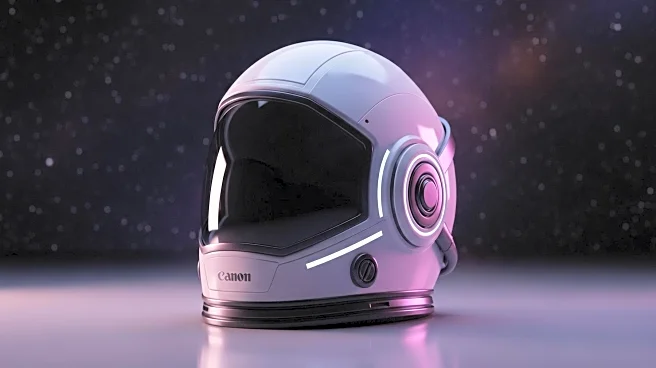What's Happening?
NASA has unveiled a collection of restored images from the Gemini and Mercury space missions, showcasing 'deeply personal' moments in space exploration history. These images include the first US spacewalk by astronaut Ed White and the first space selfie by Buzz Aldrin. The restoration was carried out by Andy Saunders, who spent thousands of hours enhancing the quality of these images, which had been stored in NASA's archives. The exhibition is being held at Jodrell Bank Observatory in Cheshire, highlighting the observatory's historical role in the space race, including tracking Sputnik 1 and receiving the first images of the moon's surface.
Why It's Important?
The restoration and exhibition of these images provide a unique insight into the early years of space exploration, highlighting the risks and achievements of the Gemini and Mercury missions. These missions were crucial in developing techniques for the Apollo lunar missions, contributing significantly to the success of human spaceflight. The exhibition not only celebrates these historical milestones but also underscores the technological advancements and the collaborative efforts that have shaped space exploration. It serves as an educational tool, inspiring future generations about the possibilities of space travel and scientific discovery.
What's Next?
The exhibition at Jodrell Bank will run until January 2026, offering visitors a chance to engage with the history of space exploration. It is expected to attract space enthusiasts, historians, and educators, fostering discussions on the evolution of space technology and its impact on scientific research. The exhibition may also lead to further restoration projects, preserving more historical space mission footage for public viewing and educational purposes.
Beyond the Headlines
The exhibition at Jodrell Bank not only showcases restored images but also emphasizes the observatory's role in the space race and its contributions to scientific advancements. The Lovell Telescope's involvement in tracking space missions and serving as an early warning system during the Cold War highlights the intersection of science and geopolitics. This exhibition could spark interest in the ethical and cultural dimensions of space exploration, including the preservation of historical artifacts and the global collaboration required for future missions.


